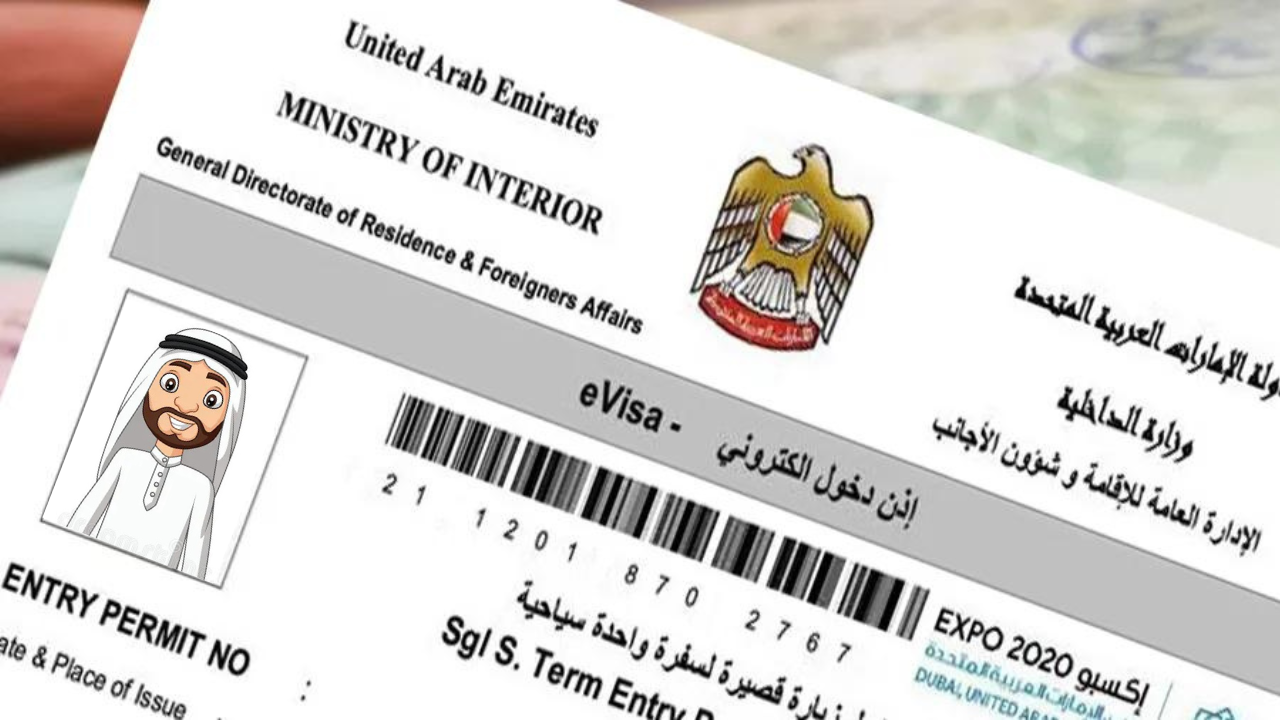Visas and Entry Requirements in Europe and the Schengen Area. When planning a trip to Europe, understanding visa requirements and entry regulations is crucial. The Schengen Area, which comprises 29 European countries, has specific entry rules that travelers must follow. Whether you’re traveling for business, tourism, or short-term studies, this guide will provide an in-depth understanding of Schengen visas, entry regulations, and upcoming border control changes.
- Visa Requirements for the Schengen Area
- How to Calculate Your 90/180 Days
- EU Carry-On Luggage Rule Changes (Effective September 1, 2024)
- Entering and Exiting the Schengen Area
- European Entry/Exit System (EES) – Expected October 2025
- European Travel Information and Authorisation System (ETIAS)
- Visa Waiver Agreements and Non-Schengen European Countries
- Non-Schengen European Countries
- Tips for Travelers to Europe
Visa Requirements for the Schengen Area
The Schengen Area allows visa-free travel for up to 90 days within a 180-day period for many nationalities, including Australians. This applies to travelers visiting for:
- Business purposes
- Tourism and holidays
- Visiting friends and family
- Cultural and sports events
- Medical treatment
- Short-term study or research
However, if your travel duration exceeds 90 days or your purpose of visit changes, you will need to apply for a Schengen visa. The visa application must be submitted to the embassy, high commission, or consulate of the country where you will stay the longest. If you plan to visit multiple countries for equal durations, apply at the embassy of your first destination.
Related Posts





How to Calculate Your 90/180 Days
Understanding the 90/180-day rule can be complex, but the European Commission provides a visa calculator to help travelers track their allowed duration. Important points to remember:
- The 180-day period is calculated backward from today.
- Your 90 days start from your first entry within the 180-day timeframe.
- If you leave and return, previous stays still count towards the 90-day limit.
- Overstaying your visa-free period can result in fines or bans from the Schengen Area.
EU Carry-On Luggage Rule Changes (Effective September 1, 2024)
From September 1, 2024, the European Union (EU) will reinstate certain restrictions on liquids in carry-on luggage at select airports. This means that passengers will once again need to follow the 100ml liquid limit rule:
- Liquids, gels, and creams must be in containers of 100ml or less.
- These must be placed in a clear, resealable plastic bag (approx. 20cm x 20cm).
- Liquids must be screened separately at airport security checkpoints.
Travelers should check airport-specific rules before departure and allow additional time for security screening.
Entering and Exiting the Schengen Area
When entering the Schengen Area, you must present a valid passport with at least three months of validity beyond your intended departure date. Ensure that you receive a clear entry stamp, as missing stamps can result in fines or detention.
Some countries also require travelers to register their stay within three days of arrival. For country-specific requirements, visit the European Commission website.
European Entry/Exit System (EES) – Expected October 2025
The European Entry/Exit System (EES) is a new digital border system that will register biometric details of non-EU travelers entering or exiting the Schengen Area. Expected to launch in October 2025, the EES will require:
- Fingerprint scanning and a photograph on the first visit.
- Subsequent visits (within three years) will require either a fingerprint or a facial scan.
- Longer wait times at border control may be experienced as the system is implemented.
European Travel Information and Authorisation System (ETIAS)
The European Travel Information and Authorisation System (ETIAS) is an electronic security screening system set to be implemented in late 2025. It will:
- Conduct security checks before granting entry to participating EU countries.
- Require an online application before travel.
- Not be needed for EU countries that are not part of the ETIAS program.
Travelers should be aware of fraudulent websites claiming to process ETIAS applications before the system is officially operational.
Visa Waiver Agreements and Non-Schengen European Countries
Australia has visa waiver agreements with several Schengen countries, allowing extended stays of 60 to 90 days in some cases. Countries with visa waiver agreements include:
- Austria
- Belgium
- Denmark
- Finland
- Germany
- Iceland
- Luxembourg
- The Netherlands
- Norway
- Sweden
These agreements do not replace Schengen visa-free allowances but can be used at the end of a Schengen stay. It is crucial to check specific country rules before travel.
Non-Schengen European Countries
Several European countries are not part of the Schengen Area and have their own visa and entry requirements. These include:
- United Kingdom
- Ireland
- Albania
- Armenia
- Belarus
- Bosnia & Herzegovina
- Cyprus
- Georgia
- Kosovo
- Moldova
- Montenegro
- North Macedonia
- Russia
- Serbia
- Türkiye
- Ukraine
Visa rules for these countries can change without notice, so always check with the nearest embassy or consulate for the latest regulations.
Tips for Travelers to Europe
- Check visa requirements for your nationality well in advance.
- Use the Schengen visa calculator to avoid overstaying.
- Be aware of airport security changes regarding liquid restrictions.
- Prepare for the EES and ETIAS implementation in 2025.
- Research visa waiver agreements if you need an extended stay.
- Stay updated on entry rules for non-Schengen European countries.



